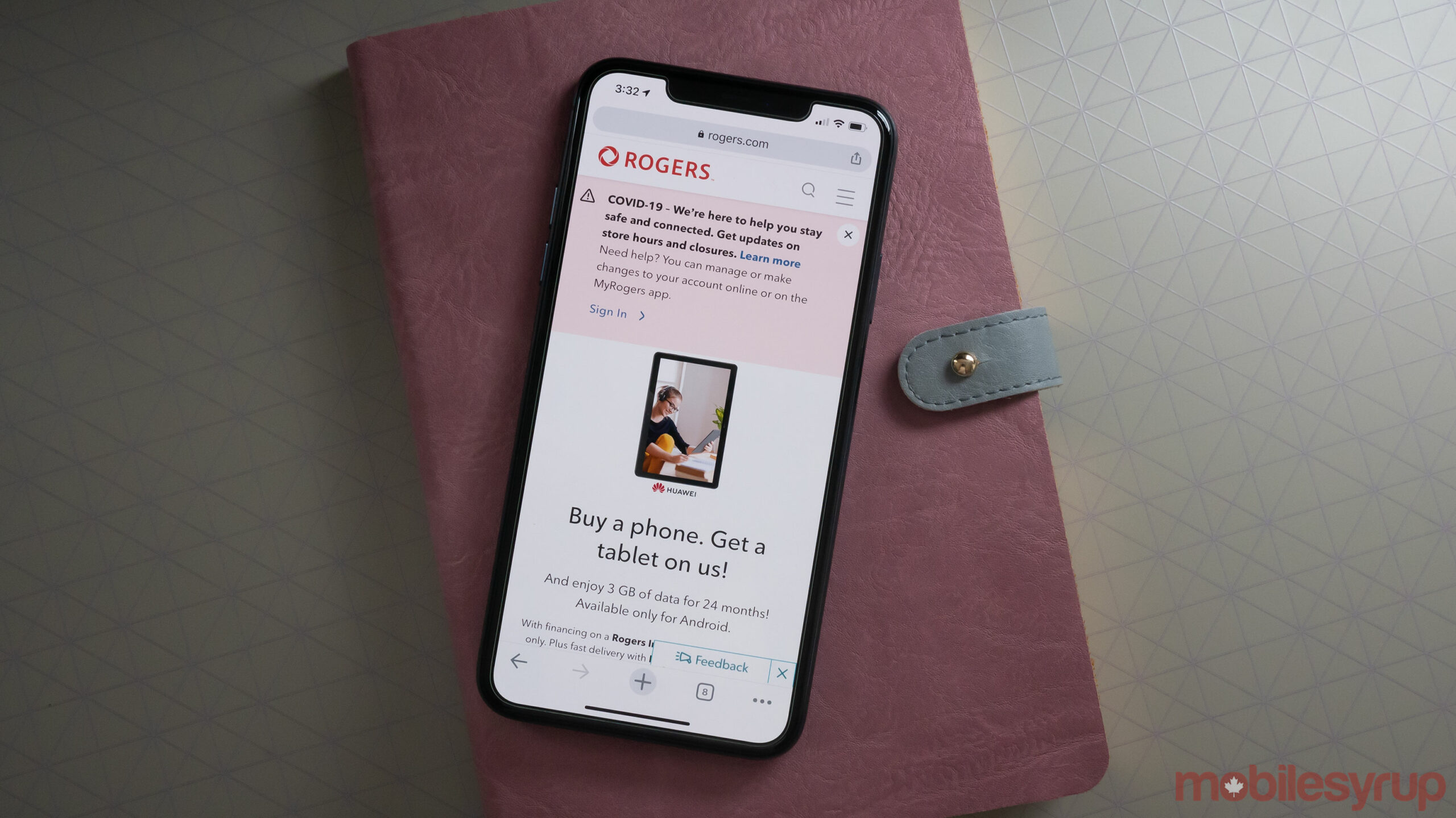
Toronto-based national carrier Rogers reported 138,000 postpaid wireless net subscriber additions in Q3 2020, and now has a total of 9,569,000 postpaid wireless subscribers.
This is an increase from the 103,000 postpaid net subscribers the carrier reported in Q3 2019, according to its Q3 2020 quarterly earnings report released on October 22nd.
Rogers attributes the increase to stores reopening and a recovering economy amid the ongoing COVID-19 pandemic.
The carrier also reported 30,000 prepaid net additions, which is up from the 27,000 reported in Q3 2019. It now has a total of 1,300,000 prepaid subscribers.
Total wireless subscribers at Rogers and its sub-brands is now a combined 10,869,000.
Rogers also reported a postpaid churn rate of 1.10 percent, which is a decrease from the 1.20 percent reported in the same period a year ago. Churn rate is the percentage of subscribers who discontinue their subscriptions in a month.
“The increase in postpaid gross additions, the postpaid net additions, and the improved postpaid churn this quarter were all a result of strong execution, with gradual store openings and an increase in market activity by Canadians,” Rogers notes in the report.
Rogers’ blended ABPU (average billing per unit) for Q3 2020 was $63.55, representing a decrease from the $67.20 reported in Q3 2019.
“The five percent decrease in blended ABPU this quarter and four percent decrease year to date were primarily a result of the declines in roaming and overage revenue, partially offset by an ongoing shift in subscribers financing new, higher-value device purchases.
The carrier’s blended ARPU (average revenue per unit) for the quarter was $51.12 while it was $56.01 in the same period a year ago.
Rogers outlines that the decrease in ARPU was the result of lower roaming revenue due to travel restrictions amid the pandemic, and a decrease in overage revenue due to strong customer adoption of its Infinite unlimited plans, along with lower wireless data usage as customers spent more time at home on Wi-FI.
“The strong sequential improvement in our third quarter results is reflective of solid execution across our businesses, including continued growth in our digital-first efforts, to ensure our customers have a range of channels available to meet their needs,” said Rogers CEO Joe Natale, in the report.
The carrier notes that total revenue decreased by two percent this quarter, which is largely driven by a nine percent decrease in wireless service revenue.
“After experiencing the most significant impact of COVID-19 in the second quarter, our results have recovered materially, although they are still down compared to last year,” Rogers notes.
In Q2 2020, Rogers reported a 17 percent decrease in total revenue due to the COVID-19 pandemic. The results from its Q3 2020 report reveal that results are starting to recover.
During the carrier’s investors call, Natale stated that Rogers is well-positioned for the future of the next generation of wireless technology, as its 5G network is the largest in Canada.
When asked about Rogers and Altice USA’s $11.3 billion takeover bid for Cogeco, Natale stated that the two companies provided a “very compelling offer” that benefits all shareholders. He noted that the revised offer, which has already been rejected by Cogeco, expires on November 18th.
MobileSyrup may earn a commission from purchases made via our links, which helps fund the journalism we provide free on our website. These links do not influence our editorial content. Support us here.


